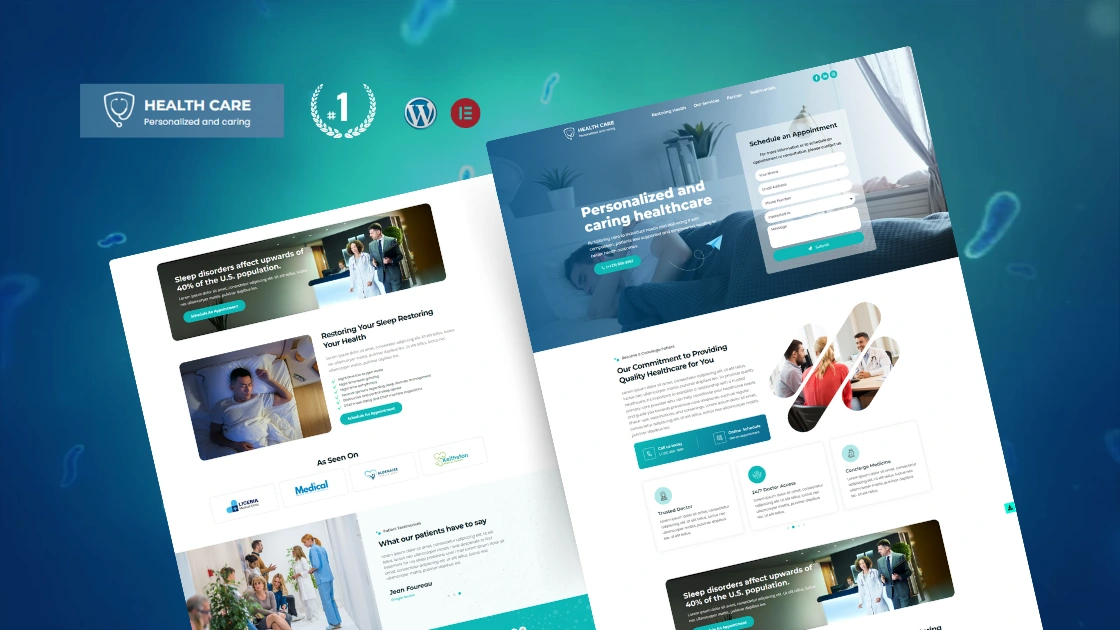Are you looking to maximize your online marketing efforts and increase your return on investment (ROI)? Look no further! In this blog, we will delve into the world of scientific Search Engine Marketing (SEM) and explore proven strategies that can help you boost your ROI. Whether you’re a small business owner, a digital marketer, or an entrepreneur, understanding the principles of scientific SEM and implementing effective strategies can significantly impact your online success. So let’s dive in and discover how you can increase your ROI through scientific SEM.
What is Scientific SEM?
Search Engine Marketing (SEM) is a form of digital marketing that involves promoting your website on search engine results pages (SERPs) through paid advertising. It encompasses two main types of ads: Pay-Per-Click (PPC) ads and Display ads. PPC ads are text-based ads that appear on the top and bottom of search results, while Display ads are image-based ads that are shown on websites and apps within the Google Display Network.
Scientific SEM, also known as data-driven SEM or performance marketing, involves using data and analytics to drive decision-making and optimize SEM campaigns for maximum results. It goes beyond the traditional trial-and-error approach and instead relies on scientific methods and insights to make informed decisions and achieve better ROI.
Increase ROI with Scientific SEM: Proven Strategies
Conduct Thorough Keyword Research:
Keywords are the foundation of any SEM campaign. Conducting thorough keyword research allows you to identify the most relevant and high-performing keywords for your business. Use keyword research tools to identify keywords with high search volume, low competition, and relevance to your products or services. Incorporate these keywords strategically in your ad copy, landing pages, and throughout your campaign to increase click-through rates (CTRs) and improve ROI.
Create Compelling Ad Copy
Your ad copy plays a critical role in attracting potential customers and convincing them to click on your ads. Craft compelling and relevant ad copy that highlights the unique selling propositions (USPs) of your products or services. Use action-oriented language, include keywords, and test different ad variations to optimize your ad copy for maximum effectiveness.
Optimize Landing Pages
Landing pages are where your potential customers are directed after clicking on your ads. Optimize your landing pages to ensure they are relevant, engaging, and optimized for conversions. Use clear and concise headlines, compelling visuals, and a strong call-to-action (CTA) to guide visitors towards taking the desired action, such as making a purchase or filling out a form. Test different landing page variations to identify the ones that perform the best and drive higher ROI.
Implement Conversion Tracking
Conversion tracking is a crucial aspect of scientific SEM as it allows you to measure the success of your campaigns and optimize them for better ROI. Set up conversion tracking using tools like Google Ads or other analytics platforms to track actions that are valuable to your business, such as purchases, form submissions, or newsletter sign-ups. Analyze the data regularly to identify trends, patterns, and areas for improvement, and make data-driven decisions to optimize your campaigns for maximum results.
Utilize Ad Extensions
Ad extensions are additional features that can enhance the visibility and effectiveness of your ads. They provide extra information, such as phone numbers, location, reviews, or links to other pages on your website. Utilize ad extensions to make your ads more compelling, increase click-through rates, and drive better ROI. Experiment with different ad extensions and monitor their performance to identify the ones that work best for your campaign.
Test and Optimize
Continuous testing and optimization are crucial for improving the ROI of your SEM campaigns. Test different ad variations, landing pages, keywords, and bidding strategies to identify what works and what doesn’t. Use A/B testing or multivariate testing to compare different elements of your campaigns and make data-driven decisions to optimize your SEM strategies. Regularly monitor the performance of your campaigns, including key metrics such as click-through rates (CTR), conversion rates (CVR), cost per click (CPC), and return on ad spend (ROAS). Identify areas for improvement and implement changes accordingly to continuously optimize your campaigns for better ROI.
Bid Strategically
Bidding is a crucial aspect of SEM, as it determines how much you are willing to pay for each click on your ads. Bid strategically based on your budget, goals, and the performance of your campaigns. Use bid management tools, such as automated bidding or manual bidding, to optimize your bids for maximum results. Consider using different bidding strategies, such as target CPA (cost per acquisition) or target ROAS (return on ad spend), depending on your campaign objectives.
Leverage Remarketing
Remarketing is a powerful strategy that allows you to target users who have previously visited your website or engaged with your ads. It’s a great way to stay top of mind with potential customers and bring them back to your website to convert. Implement remarketing campaigns to create personalized ads for users who have shown interest in your products or services. Use tailored messaging and offers to entice them to take action and increase your chances of driving conversions and improving ROI.
Monitor and Manage Negative Keywords
Negative keywords are keywords that you don’t want your ads to show for. Monitoring and managing negative keywords is crucial to prevent irrelevant clicks and wasted ad spend. Regularly review the search terms report in your SEM campaigns to identify irrelevant keywords and add them as negative keywords. This helps you optimize your campaigns and ensure that your ads are shown only to users who are more likely to convert, improving your ROI.
Stay Updated with Industry Trends
The digital marketing landscape is constantly evolving, and staying updated with industry trends and best practices is crucial to stay ahead of the competition. Keep yourself informed about the latest updates in SEM, including changes in algorithms, ad formats, targeting options, and industry trends. Adapt your strategies accordingly to ensure that your SEM campaigns are up-to-date, effective, and driving maximum ROI.
In conclusion, implementing scientific SEM strategies can significantly impact your ROI and improve the success of your online marketing efforts. Conduct thorough keyword research, create compelling ad copy, optimize landing pages, implement conversion tracking, utilize ad extensions, test and optimize, bid strategically, leverage remarketing, monitor and manage negative keywords, and stay updated with industry trends. By following these proven strategies and continuously optimizing your campaigns based on data and analytics, you can boost your ROI and achieve long-term success in the competitive world of digital marketing. Partner with a trusted digital marketing agency, such as Obzsar, to implement effective scientific SEM strategies and achieve maximum results for your business.




1 thought on “How to Increase Your ROI Through scientific SEM?”
I like this web blog it’s a master piece! Glad I found this